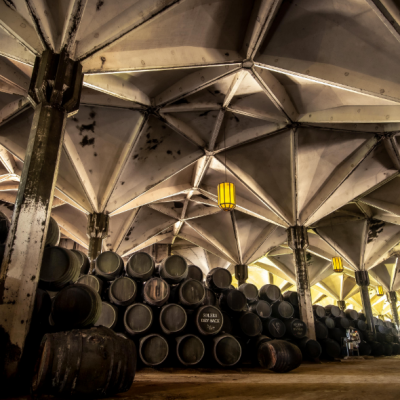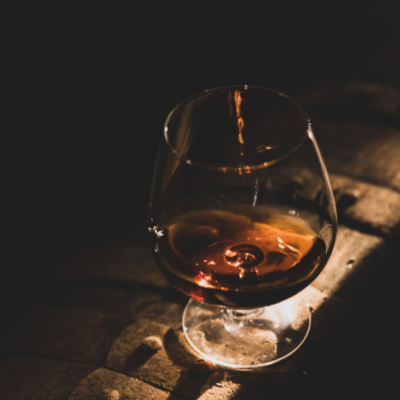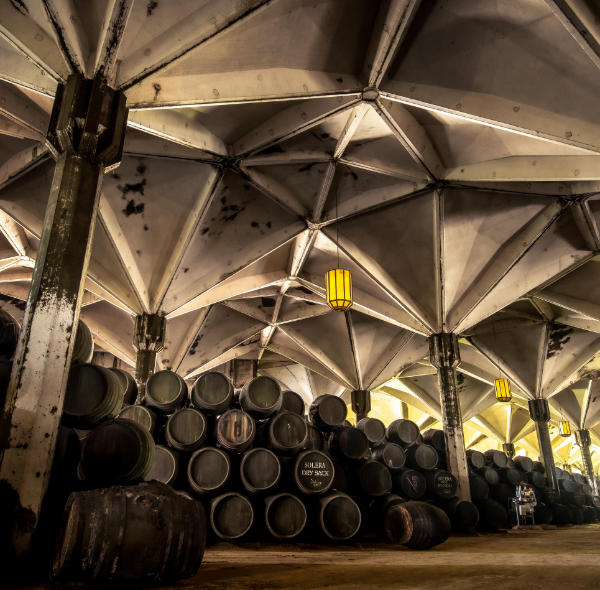08 Aug Aging spirits using sherry casks – types of alcohol aged in sherry casks
Aging spirits using sherry casks - the types of alcohol aged in sherry casks
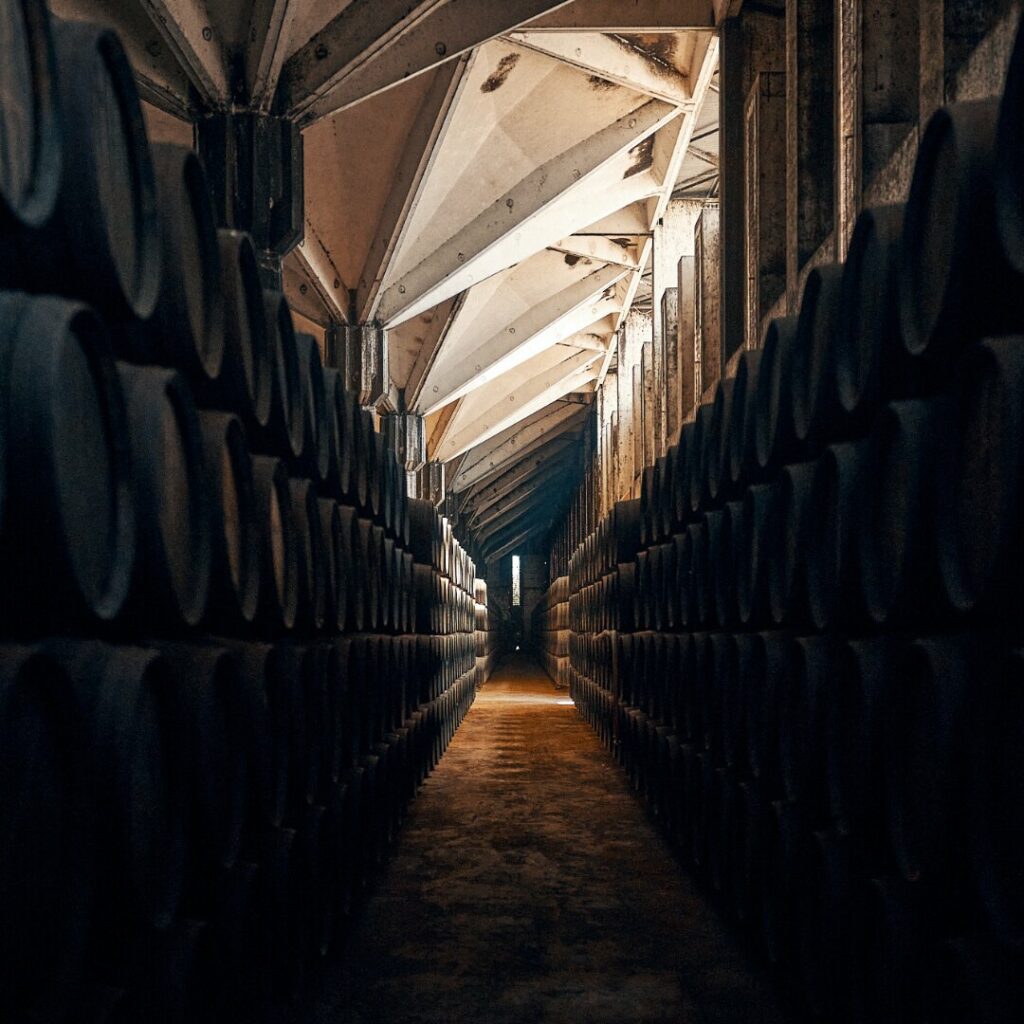
If you’ve ever attended a professional whisky tasting, you will likely be familiar with the special glow in the eyes of those present, ranging from casual tasters to aficionados to master distillers, will take on upon mention of sherry cask maturation. Pray tell, can the effects of sherry wine be so important on the oak aging of brandy, whisky and other spirits? Short answer: OH YES. Aging in sherry casks is one of the most, if not the most, sought after process for aging spirits in the world market. The efforts of the sherry cask aging process on the final profile of elite spirits is a rewardingly complex, generous and fruitful treat for the modern palate. The historic practice of shipping barrels rather than bottles led to the first cross-seas & cross-cultural experience of these rosy effects. The epiphany of the sherry cask touch really took off with producers in Scotland, in particular. A surplus of these shipping containers (read: barrels) would find their way to the countries of today’s United Kingdom and stay. Sherry was quite popular among the Brits going as far back to Shakespeare and even earlier. These casks were too expensive to ship back so they were bought by the locals and repurposed to hold spirits. Then it was only a matter of time before folks realized the difference these sherry treated barrels made on their whisky. This in turn, eventually led to experimentation around the spirits world to see if indeed the magic sherry finishing would also work with other brews.
Today, it’s becoming more common to see not only Bourbon & Rye Whiskey, Canadian Whisky, Japanese Whisky but also some rums, tequilas and even barrel aged gins getting the Sherry finishing treatment.
It has only been as recent as 1986 that Jerez switched to shipping in glass bottles versus in barrels. This new adjustment changed the market forever as Scotland and other countries who had thrived on the acquisition of sherry casks suddenly lost their source. Naturally, the demand for sherried casks did not fade away. Today, the Consejo Regulador of Jerez guarantees, via its Control and Certification body, the authenticity of the sherry and its duration of seasoning in their casks that are set aside for spirits maturation and finishing.
History of Brandy de Jerez using sherry casks
Sherry treated casks, of course, naturally started with Brandy de Jerez. Much of drinks history is born out of time, place, practicality, efficiency and experimentation or happy accidents. These first experiments in distillation arose from the period of time when distillation first entered into practice, which as it turns out, was introduced to us by the Moors who occupied southern Hispania from the 8th-15th centuries CE.
Abu Musa Jābir ibn Hayyān – known simply as Gerber or Al-Jabir by the scholarly Latin communities – is acknowledged as being the first documented to design and implement the common “pot still” circa 790 AD.
The Drinking Cup
Spanish viticulture has thrived in the region for over 3,000 continuous years. With the Moorish occupation on Andalusían soil and the creation of the first pot still, at some point Spanish fermented grapes were distilled. The exact record of time remains to be discovered. Jerez has such a long history with storing and shipping wine, so naturally sherry casks were the optimal container for brandy when it was first distilled in the region. At current, earliest records of cooperage guilds go back to the mid-15th ce. Read more about some of the history of Sherry Casks here and more about Brandy de Jerez and the differences from Cognac here.
How aging liquor using sherry casks works
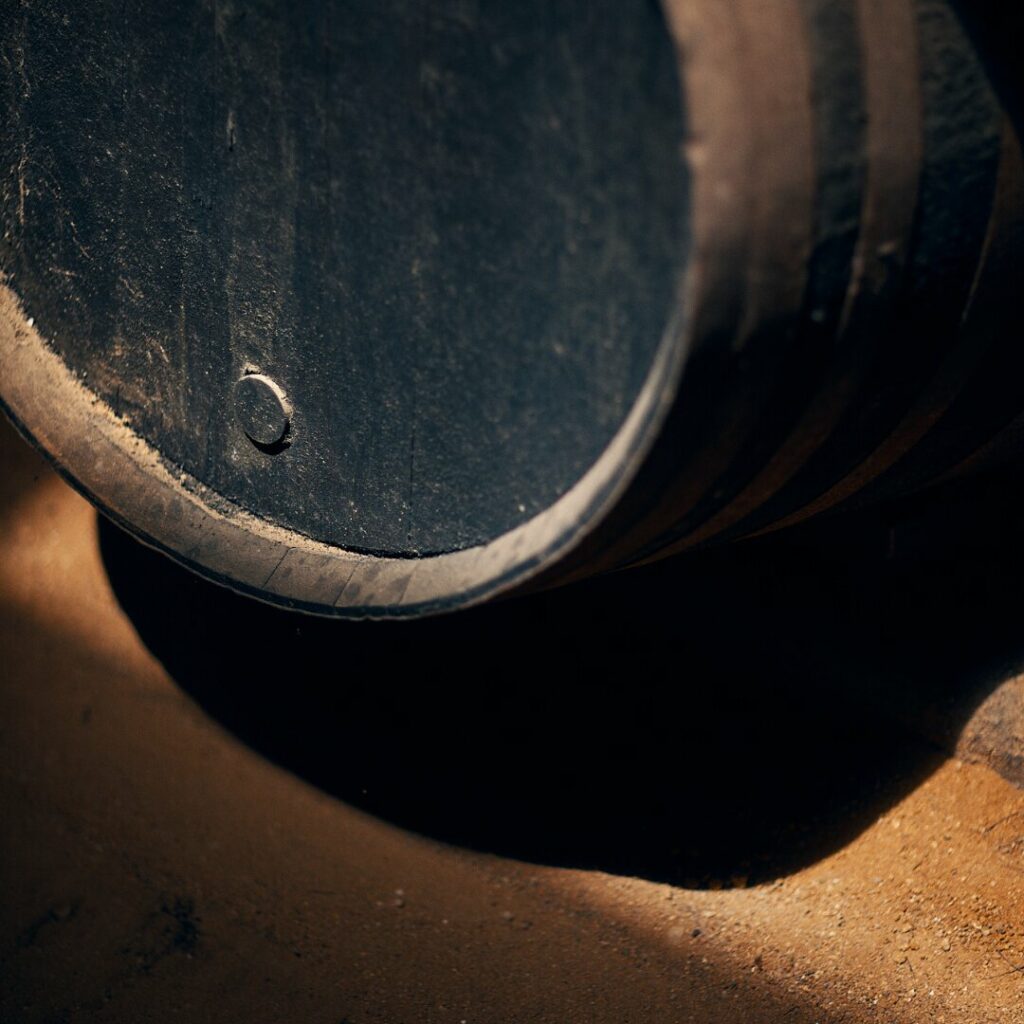
Let’s discuss the specific benefits of aging in sherry casks. The first thing to understand is that oak barrels are highly breathable and absorbent vessels, which is why they are ideal for wine and spirits maturation in the first place. A standard 500L or 600L bota of sherry has the ability to soak up over 15 liters of wine in its staves. This is the master key to the entire strategy. Over time, the saturation of sherry interacts with the wood to become something new and this new form when filled with spirit, then collaborates into another new form. The oak absorbs wine but also breathes in air at just the right interval to allow for a sort of sharing of attributes to all parties. When you think about it, it’s all just mixology.
Okay, let’s clarify a bit: sherry cask vs. oak cask. What is the difference? All sherry casks are oak casks that have been treated with sherry wine. Specifically, these are mostly neutral grain American oak casks because after the Age of Exploration and the discovery of America (land full of trees, especially oak trees), American white oak eventually became the most practical choice of wood for maturation in Jerez. Neutral grain is a term that signifies oak that is NOT new, thereby imparting much less tannin and flavors to wine and spirits over time. All American oak designated to become sherry barrels are used, or treated, until their “newness” is gone because the purpose of sherry oak is to taste mostly like sherry and less like oak which can be overpowering if out of balance. This “curing process” might take the form of fermenting wine for later use or adding mosto (new wine) into barrels for a period of time before use in other projects like brandy or vinegar.
The specific qualities of American Oak are ideal for the aging process in sherry casks. These attributes include a denser weight from the higher percentage of cellulose, but looser grain than European oak which generally makes them easier to saw and handle, thereby making them also, theoretically, less expensive (although other factors can sway costs at any given time). They also include natural lactones, more vanillin and sweet spices but less tannins. Sherry spends a much longer time in barrel than your average wine and does not want to be overpowered by newer oak characteristics which will imbalance the ratio of fruit, lignins and tannins. While American oak starts off strong in flavonoids, its used or neutral form is super friendly in the give and take of oak/wine maturation.
Types of sherry casks used for aging
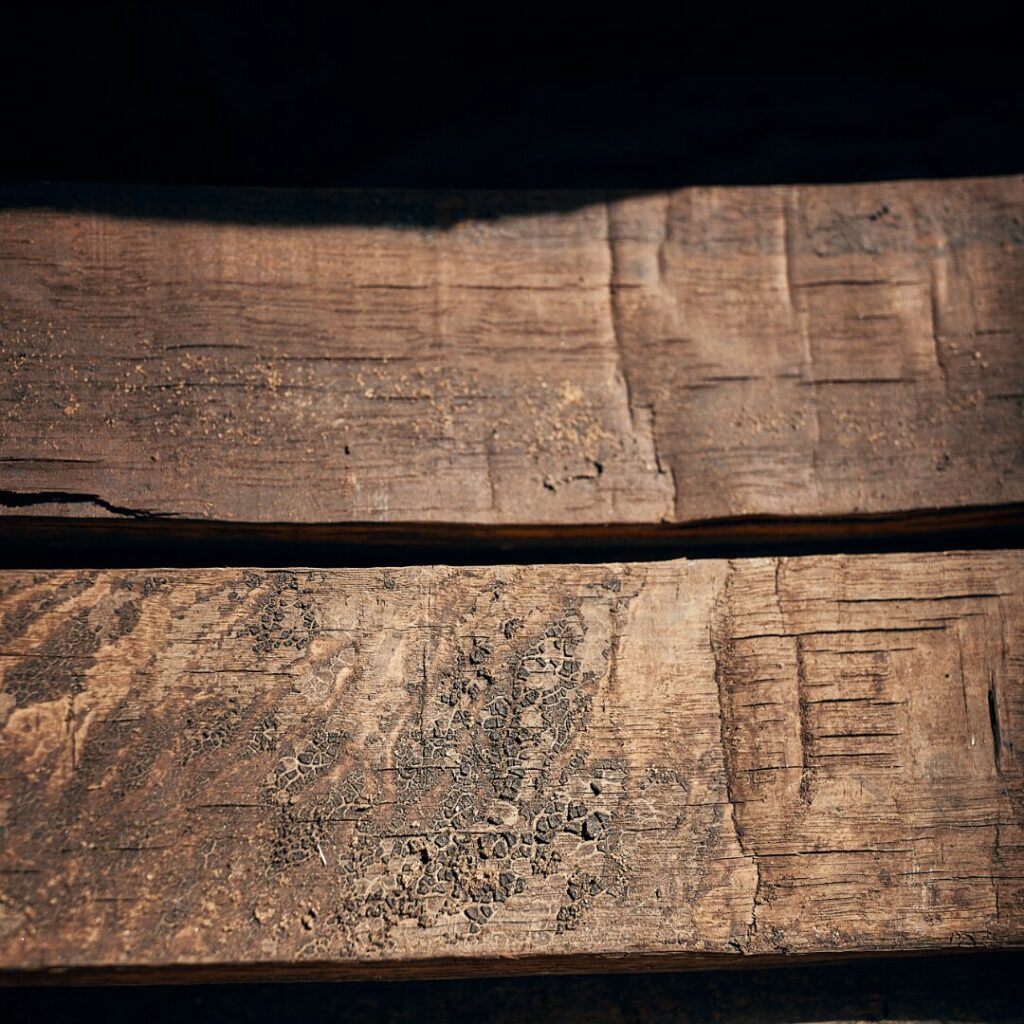
The two most common types of sherry for sherry cask aging are Oloroso and PX. Fino, Amontillado, Palo Cortado & Cream sherry casks are also sometimes used, although this is far from standard due to cost effectiveness and overall results. Fino has a much lighter body and a character that is more similar to Champagne with its apple, chalky minerality and savory toast notes. Amontillado and Palo Cortado wines are more expensive and their inventory much scarcer, making the use of these casks harder to come by (unless, perhaps you are a spirit owned by a sherry bodega like Ron Dos Maderas). Oloroso and PX, however, have more lactones, prominent dried fruits, nuts, baking spices & savory notes innate to their character which are the traits most complementary to cask aged spirits. With Oloroso, one can expect elements of hazelnut, walnut, caramelized apricot, honey baked apple or pear tart, baking spices, dried figs, tobacco and toast. PX casks add richer tones of molasses and spices, chocolate dipped cherries and figs, coffee, treacle, charred leather, etc.
Benefits of using sherry cask for finishing
Outside of Brandy de Jerez, it’s a rare thing to solely age spirits in sherry casks as the clear benefit from such aging is to enhance the character of an already barrel aged spirit. One would say that the business is in the “finishing.” To age a spirit in its entirety in sherry casks would cost a fortune (although, some do like Macallan.) Patrons would be hard pressed to afford a bottle if this were more common. It would also be a waste of good sherry cask efficiency where one would hope to get their money’s worth out of a cask in more than one round. Further, Sherry Casks generally add more lactones and glycerine to the character of a spirit which will alter the balance of a spirit’s brand profile if used too long. Generally, a Scotch may end up aging in their standard oak casks for a decade followed by a finishing of several years in Oloroso cured casks. Think of it as adding the final element, the icing on the cake or the cherry on top of an already masterful creation. Too much icing and too many cherries tilts the scales and can sink the ship.
Types of alcohol that are aged in sherry casks
Nowadays, with the benefits and characteristics associated with sherry cask finishing quite established, more spirits outside of whisky have ventured into the process. Sherry has a magical affinity for adapting to other flavors and ingredients. This is why it is so popularly consumed with a range of foods and also mixed in cocktails with a range of spirits and flavors. For example, Scotch, Tequila and Mezcal have a savory character in which a little sherry finishing can fit like a glove. Their smoky characters get a lift but are also softened by the sherry lactones, interwoven dried fruits and lengthened by nutty spices. Sherry appreciates and encourages all things be they smoky, savory, mineral forward peat monsters, heathery rich or chocolate decadence and/or even tangy herbal cocktails.
Aging Rum in sherry casks
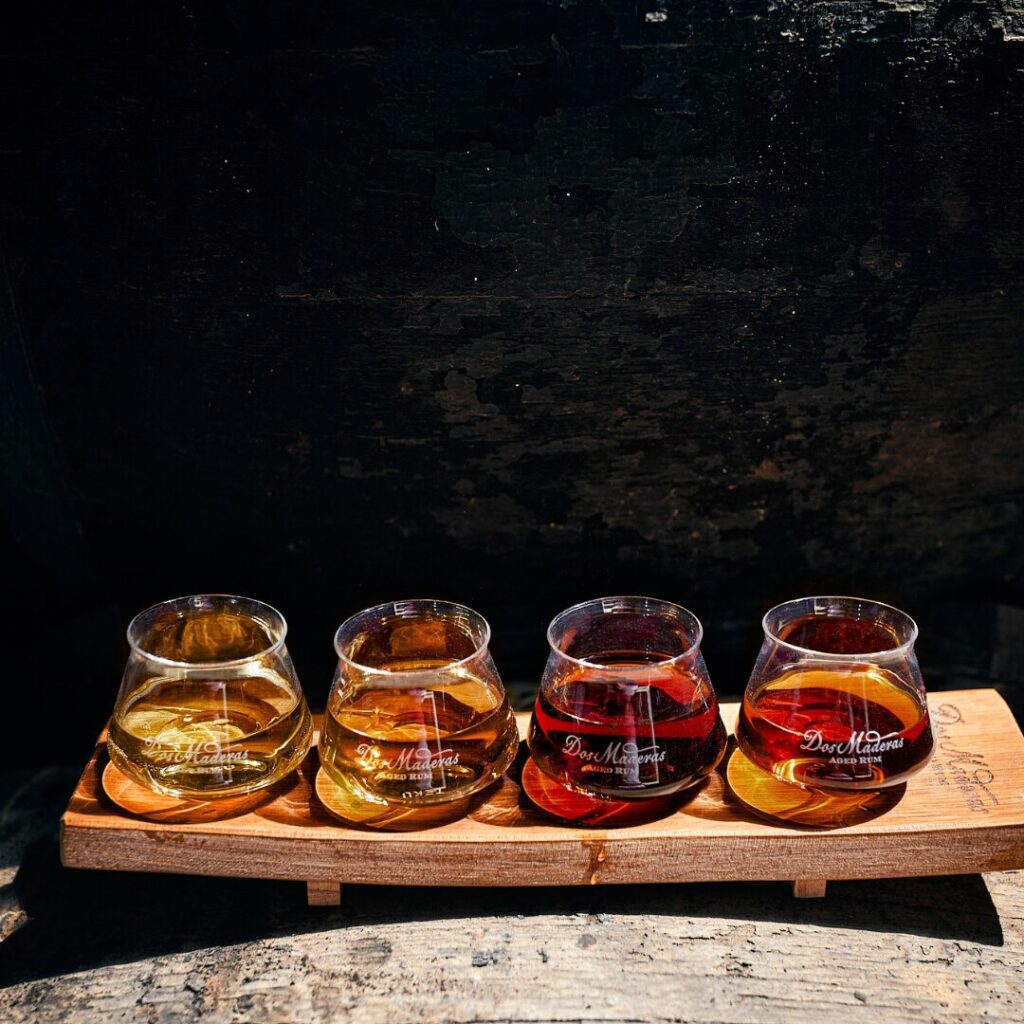
As mentioned above, many of the attributes of Oloroso and PX sherry are shared by none other than Rum. In the world of food pairing, some would liken finishing rum with sherry casks as pairing like with like. It’s almost as if the dried fruit, caramelized spicy and nutty character of aged rums gets to level up for an even better final sip. Dos Maderas, being a sherry owned brand by way of Bodegas Williams & Humbert, has the added benefit of using their own sherry casks to accent their rum. Here we have the 5+3 expression which sees 3 years finishing in VOS Palo Cortado cured casks after aging for 5 years in ex-Bourbon casks in the Caribbean. If you then taste the 5+5 alongside, you’ll quickly notice the difference as there is an additional 2 more years aging in VOS PX barrels. The result is a much richer expression. Also in the portfolio is a 10 year Selección which blends a 10 year old Caribbean rum with the 5+5 and a 15 year Luxus which spends 10 years in the islands followed by 5 years in VOS PX barrels.
Aging Brandy in sherry casks
Similar to rum, Brandy (distilled wine aged in oak), is another natural candidate for the sherry treatment. Sherry is wine of course, and the like/like rule still applies here. Bodegas Williams & Humbert has been not only sherry finishing its signature Gran Duque de Alba series since 1945, but also aging them in a separate Solera System consisting of 8 criaderas. Their range includes brandies from 12 to 20 years old and use Oloroso, Palo Cortado and PX casks depending on the label. Read more about them here.
Aging Whiskey in sherry casks
The market for Bourbon and Rye Whiskey brands finishing their products in sherry casks has risen exponentially in recent years, clearly marking evidence that the bewitching sherry bug has really caught on. Easy to find designations on the front of labels are also indicative of just how much audience appreciation of the Sherry influence has risen. Bourbons with their higher corn and wheat mash bills have a sweeter overall body, while Ryes are a generally spicier mouthful. Oloroso finishing will round out the spirit and elevate the nutty richness while PX takes the confectionary route to a darker more decadent molasses edge.
Aging Scotch in sherry casks
Back in the day, one would never quite know which brands regularly made use of sherry casks. Similar to old school French wine designations, where grapes are rarely indicated on the bottle, you would need to dig a little deep to sort out who was doing what. Nowadays, it can be a mark of experimental pride to see not just sherry but also Madeira, Port, Sauternes, Bordeaux, Pineau de Charentes or other wine expressions being indicated. As to how sherry alters the character of a whisky, the same rules apply. Fruit is enhanced and textured, spices integrate and lengthen the palate, heather and honey gets leveled up and smoke is both integrated and sweeter thanks to lactones and a little love.
Aging gin using sherry casks
Before the immense popularity of London Dry style gins, the wider gin category commonly had expressions aged in wood (Old Tom Gin & Genever) and in fact, these expressions are getting the modern touch as more brands release more labels. Old Tom gins in particular, which have more glycerine and sweetness (unlike their London Dry cousins) to offset their herby juniper elements, work well with a softer oak layered element. Like tequila, gins have a herby, often savory character that yet again sherry can play well with. The rise of craft cocktail culture, where mixologists mix sherry with gin and tequila and every other spirit has only contributed to these combinations. You’ll find many “Barrel Aged” or “Barrel Reserve” gins gaining traction and perhaps more of the sherry cask treatment as well. I, for one would love to see and taste a Fino cask finishing for gin. Also related: Anyone out there with a sherry cask handy looking to age some finished cocktails? Let’s chat.
Author: Chantal Tseng, DC Bar-Somm
Share this article
How is rum aged? Why rum is aged in barrels
Rum is one of the most diverse spirits out there, made all over the world and using a variety of methods. Many countries have centuries of rum production heritage, while
Rum Styles – Rum Styles from around the world
Rum has a rich and varied history that’s tied to the history of various countries around the world. It’s a spirit that’s woven into the story of the colonisation of the Carib
7 Rum types – Rum Colors and taste difference
Rum is arguably one of the most varied, diverse and exciting spirits, made in many different parts of the world, each with their own approach to distilling and ageing their product
Related News
How is rum aged? Why rum is aged in barrels
Rum is one of the most diverse spirits out there, made all over the world and using a variety of methods. Many countries have centuries of rum production heritage, while


